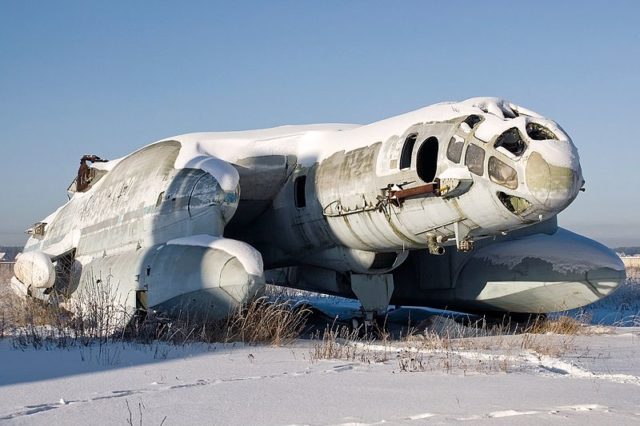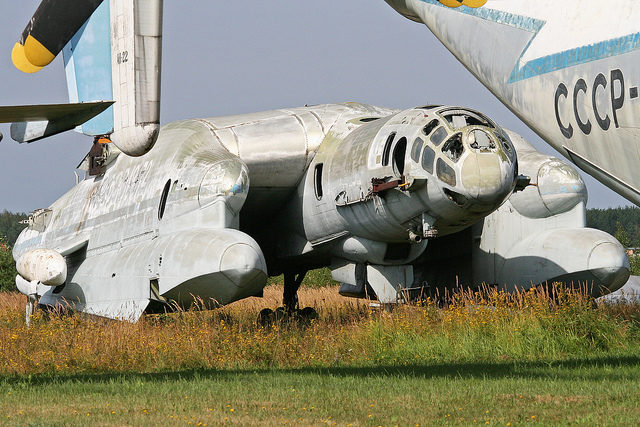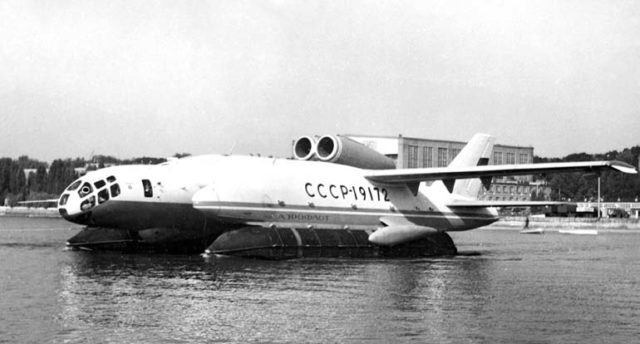The post-World War II tensions between the United States and the Soviet Union gave birth to the Cold War, a state of affairs that led to bellicose statements on both sides.
“We have to get tough with the Russians. They don’t know how to behave. They are like bulls in a china shop. They are only 25 years old. We are over 100 and the British are centuries older. We have got to teach them how to behave.” This is what President Harry Truman said in April 1945. Tensions between the two superpowers continued over the following decade, and in 1956, Nikita Khrushchev uttered the following words: “If you don’t like us, don’t accept our invitations and don’t invite us to come to see you. Whether you like it or not, history is on our side. We will bury you.”
The ensuing arms race brought the world close to the brink of disaster, and it took over 40 years before both sides decided that this rhetoric had to cease and attempts were made to end the ideological conflict. However, the clashes of the Cold War continue to amaze history buffs, and in particular those interested in aviation development.

During the decades of the Cold War, both American and Soviet manufacturers came up with some outstanding experimental innovations and futuristic aircraft designs.
The Soviet Union’s Bartini Beriev VVA-14, a vertical take-off amphibious aircraft, was quite an innovation.
Developed during the 1970s, this bizarre-looking aircraft was designed for defensive purposes against U.S. nuclear submarines. As such, it was supposed to land and take off from the water, plus be able to fly long distances at high speed. On top of that, it was also supposed to fly efficiently above the sea surface.
Robert Bartini, the man who came up with this rather unorthodox aircraft, was actually born in Fiume, Italy (now Croatia), and after the Fascist revolution in Italy, he was sent to the Soviet Union in order to help the young country in the field of aviation. He had graduated from Milan Polytechnic Institute, as well being trained at the pilot school in Rome. Over the years, Bartini took part in numerous projects, working as an aviation engineer. From the 1930s he worked as the chief designer.

He had already suggested the development of an anti-submarine aircraft in the 1960s. But it wasn’t until 1972, when working in collaboration with Beriev Design Bureau, that the first Bartini Beriev VVA-14 prototype was finally completed. The very first flight of the prototype was conducted on September 4th of that year, but its inflatable pontoons weren’t yet fitted, which meant that it still could not land at sea.
About two years later, the inflatable pontoons were added, but the first amphibious test flights had to be delayed until June of 1975 after numerous unpredicted problems with the pontoons arose. More modifications to the design of the Bartini Beriev were required, but the chief designer, Bartini, died in 1974, and things started slowing down.

It took almost two years before the required modifications, including an extension of the forward fuselage and the addition of a large flap, were finally completed. However, despite the modifications, the conducted tests proved to be unsuccessful and by 1977 the Soviets were no longer interested in the project and decided to cancel it.
Today, the remaining prototype of the Bartini Beriev VVA-14 can be seen at the Russian Air Force Museum in Monino, where it has been kept since 1987 in a dismantled state.
